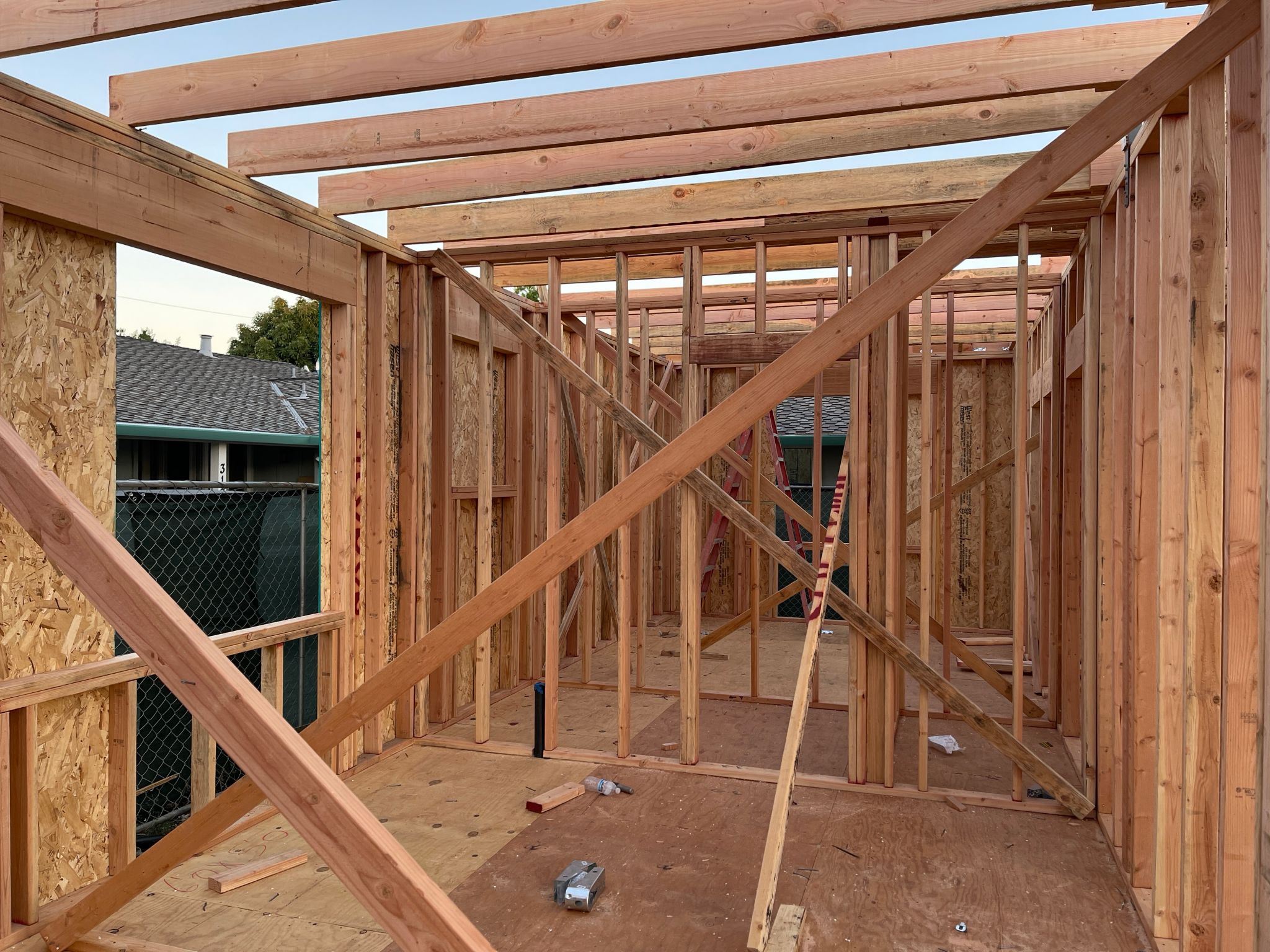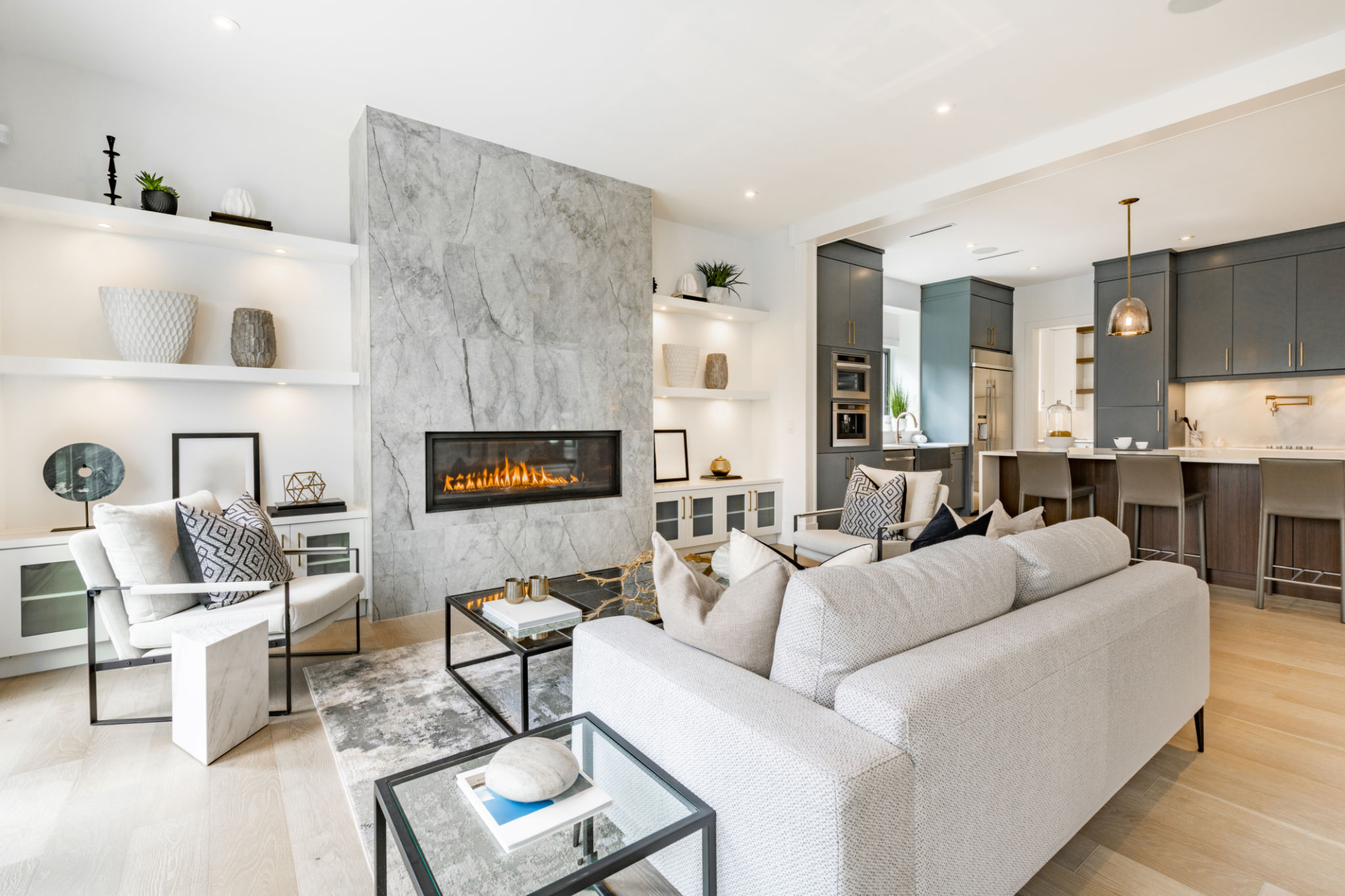Comparing ADU and Traditional Home Additions in Los Angeles
Understanding ADUs and Traditional Home Additions
In the bustling city of Los Angeles, homeowners are increasingly exploring options to expand their living spaces. Two popular choices are Accessory Dwelling Units (ADUs) and traditional home additions. While both options aim to increase square footage and enhance property value, they come with distinct characteristics and benefits.
ADUs, often referred to as "granny flats" or "in-law units," are standalone structures built on the same lot as the primary residence. These units offer a separate living space that includes a bedroom, bathroom, and kitchen. On the other hand, traditional home additions involve extending the existing structure to create more space within the same building footprint.

Cost Considerations
When it comes to cost, ADUs and traditional home additions differ significantly. Generally, ADUs are more cost-effective due to their smaller size and simpler construction requirements. They often require fewer permits and less disruption to the main house during construction. Traditional home additions, however, can be more expensive due to the need for structural modifications and potential upgrades to existing systems such as plumbing and electrical.
Additionally, Los Angeles has specific incentives and financing options available for homeowners opting to build ADUs, which can further reduce costs. It is crucial for homeowners to evaluate their budget and compare the long-term financial benefits of each option before making a decision.
Permitting and Regulations
The permitting process for ADUs in Los Angeles is generally more straightforward compared to traditional home additions. The city has implemented streamlined regulations to encourage the development of ADUs as a solution to the housing crisis. This means that obtaining the necessary permits and approvals is often quicker and less cumbersome.

In contrast, traditional home additions may involve more complex permitting processes due to zoning laws and building codes. Homeowners might need to work closely with architects and contractors to ensure compliance with all regulations, which can extend the timeline for project completion.
Design and Flexibility
ADUs offer remarkable flexibility in design. Homeowners can choose from a variety of styles and layouts to suit their specific needs, whether it's creating a rental unit for additional income or providing a private space for family members. The separate structure allows for independence, privacy, and customization without affecting the main house's layout.

Traditional home additions, while also customizable, must integrate seamlessly with the existing structure. This might limit design options and require careful planning to maintain the aesthetic appeal of the home. However, they provide the advantage of expanding the main living areas, which can be ideal for growing families.
Impact on Property Value
Both ADUs and traditional home additions can significantly enhance property value in Los Angeles. ADUs are particularly attractive in rental markets due to their potential for generating additional income. This can be an enticing feature for prospective buyers looking for investment opportunities.
Traditional home additions increase living space and can improve functionality, making the property more appealing to families seeking larger homes. Ultimately, the impact on property value will depend on factors such as location, quality of construction, and market demand.
Choosing the Right Option
Deciding between an ADU or a traditional home addition depends on various factors, including budget, intended use, and long-term goals. Homeowners should carefully assess their needs and consult with professionals to explore the benefits and limitations of each option.
By understanding the differences between these two approaches, Los Angeles homeowners can make informed decisions that align with their lifestyle and financial objectives.
